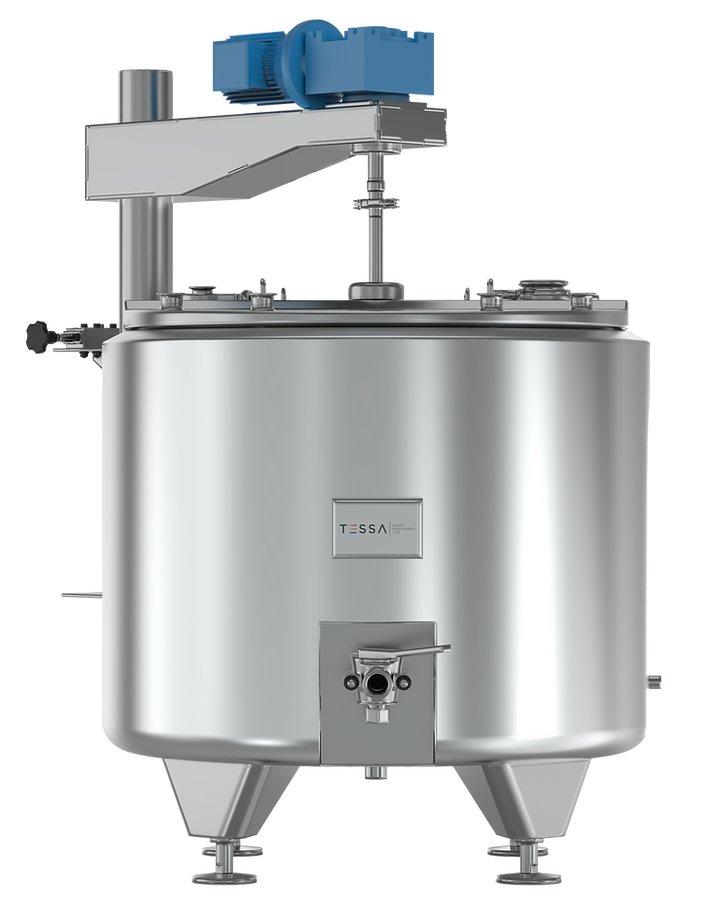
Efficient milk processing is essential for delivering high-quality dairy products to consumers. Milk processing lines play a critical role in modern dairy operations, automating the journey from raw milk to packaged product. Milk Processing Lines systems combine multiple stages of production, including pasteurization, homogenization, separation, and packaging, ensuring consistent quality, safety, and productivity. By streamlining operations, milk processing lines enable dairy producers to meet market demands while maintaining efficiency and hygiene.
Understanding Milk Processing Lines
A milk processing line is a comprehensive system designed to handle raw milk and convert it into finished products such as pasteurized milk, flavored milk, yogurt, and cream. These lines integrate equipment such as milk storage tanks, pasteurizers, separators, homogenizers, and packaging machines. Automation and precise control allow operators to maintain consistent standards across large volumes, reducing human error and improving efficiency. Milk processing lines are suitable for both medium and large-scale dairy operations, offering flexibility to process various dairy products.
Enhancing Efficiency and Productivity
One of the main advantages of a milk processing line is its ability to streamline production. Automated systems handle multiple steps simultaneously, reducing manual labor and processing time. This efficiency allows dairies to process larger volumes of milk in shorter periods, meeting growing consumer demand. By integrating tasks such as pasteurization, cooling, and packaging, processing lines minimize delays and ensure a smooth workflow from raw milk collection to final product. Increased efficiency translates to higher output and reduced operational costs.
Ensuring Product Quality and Consistency
Maintaining high product quality is a priority in dairy production. Milk processing lines provide precise control over temperature, timing, and processing parameters, ensuring consistent quality across all batches. Pasteurization and homogenization processes are carefully managed to preserve nutrients, flavor, and texture. Separation equipment allows the extraction of cream or fat content according to product specifications. Consistency in processing enhances consumer trust and strengthens the reputation of dairy brands.
Improving Hygiene and Safety
Hygiene is crucial in milk processing to prevent contamination and ensure food safety. Milk processing lines are designed with stainless steel components, closed systems, and automated cleaning mechanisms to maintain a sanitary environment. The reduction of manual handling lowers the risk of bacterial contamination, while integrated cleaning-in-place (CIP) systems simplify maintenance. Compliance with food safety regulations is easier to achieve with a properly designed processing line, protecting both consumers and producers.
Versatility for Various Dairy Products
Modern milk processing lines are highly versatile, accommodating a range of dairy products. In addition to pasteurized milk, they can produce cream, yogurt, flavored milk, and other milk-based beverages. Adjustable equipment allows operators to modify fat content, packaging sizes, and product types, meeting diverse market needs. This flexibility enables dairy producers to expand their product portfolio and respond quickly to changing consumer preferences.
Automation and Technology Integration
Automation is a key feature of contemporary milk processing lines. Digital controls, sensors, and monitoring systems allow precise management of temperature, flow rate, and processing time. Data collection and analytics support quality control and traceability, enabling producers to detect issues early and maintain standards. Technology integration reduces human error, enhances productivity, and ensures repeatable results across batches.
Sustainability and Resource Efficiency
Efficient milk processing lines contribute to sustainability by optimizing energy, water, and material use. Automated systems reduce waste during processing, minimize product loss, and improve resource management. Energy-efficient equipment lowers operational costs while reducing environmental impact. Sustainable practices in dairy processing align with modern consumer expectations and regulatory requirements, supporting long-term industry growth.
Conclusion
Milk processing lines are essential for transforming raw milk into high-quality, safe, and market-ready products. By integrating automation, hygiene controls, and versatile processing capabilities, these systems streamline operations and improve efficiency. From pasteurization and separation to homogenization and packaging, milk processing lines ensure consistent quality and reliable production. For dairy producers seeking to meet consumer demand while maintaining safety, productivity, and sustainability, a well-designed milk processing line is an indispensable solution.

